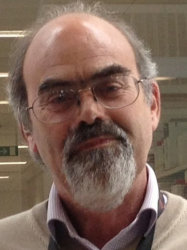BibTex format
@article{Sheehan:2018:10.3389/fphys.2018.00243,
author = {Sheehan, A and Messer, A and Papadaki, M and Choudhry, A and Kren, V and Biedermann, D and Blagg, B and Khandelwahl, A and Marston, SB},
doi = {10.3389/fphys.2018.00243},
journal = {Frontiers in Physiology},
title = {Molecular defects in cardiac myofilament Ca2+- regulation due to cardiomyopathy-linked mutations can be reversed by small molecules binding to troponin},
url = {http://dx.doi.org/10.3389/fphys.2018.00243},
volume = {9},
year = {2018}
}

